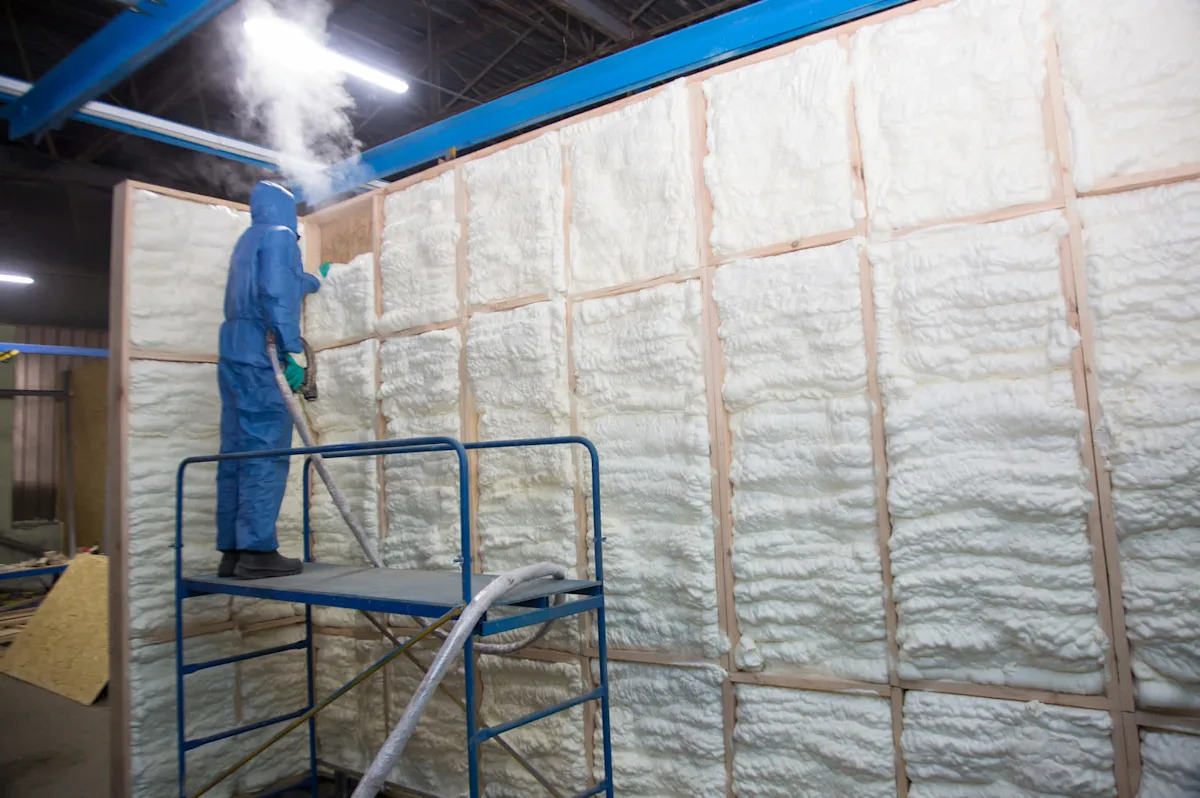Scientists at the Hof University of Applied Sciences in Germany have made a significant breakthrough in sustainable construction materials by developing an innovative insulation product derived from mushrooms. This project, known as Mycobuild, is spearheaded by the Institute for Circular Economy of Bio:Polymers (ibp) and aims to produce mushroom mycelium boards for industrial use by March 2026.
The insulation material leverages the natural growth properties of mushrooms native to Germany, including honeydew, fox bolete, and giant mushrooms. These species are particularly effective as they can grow at room temperature, eliminating the need for additional heating or cooling. According to Dr. Katharina Wellmanns, a research associate at Hof University, the oyster mushroom has emerged as an especially promising candidate due to its rapid growth and ability to form dense networks.
Using mushroom-based insulation presents several advantages over traditional materials. Most notably, cellulose insulation is largely composed of recycled materials, primarily paper, while common options like foam and fiberglass are derived from plastics. These conventional insulations contribute to significant environmental issues, as plastic can take centuries to decompose in landfills. By reducing reliance on plastic, this new insulation could foster a healthier environment.
Dr. Robert Honke, the project leader, outlined further benefits in a recent university press release. He stated that mushroom insulation is compostable, sequesters carbon dioxide, and requires less energy to produce than conventional fossil-fuel-based materials. This reduction in energy use not only has environmental implications but also translates to cost savings for consumers.
Despite its promising properties, the project faces challenges in gaining consumer acceptance. Concerns regarding potential mold issues from using fungi as an insulation material have been raised. Dr. Honke acknowledged the skepticism, noting, “Many people might be skeptical about an insulation material that is based on fungi, as they fear that this could lead to mold problems in their homes.”
To address these worries, the research team is developing a mineral top layer designed to prevent mold growth, which could also make the insulation waterproof. If successful, this innovation could mitigate mold concerns entirely and pave the way for broader adoption of mushroom-based insulation.
Although the product will not be commercially available for several months, its potential to revolutionize construction practices in Germany and beyond is substantial. As the team continues to refine this eco-friendly material, they remain hopeful that it will contribute significantly to sustainable building practices in the future.
